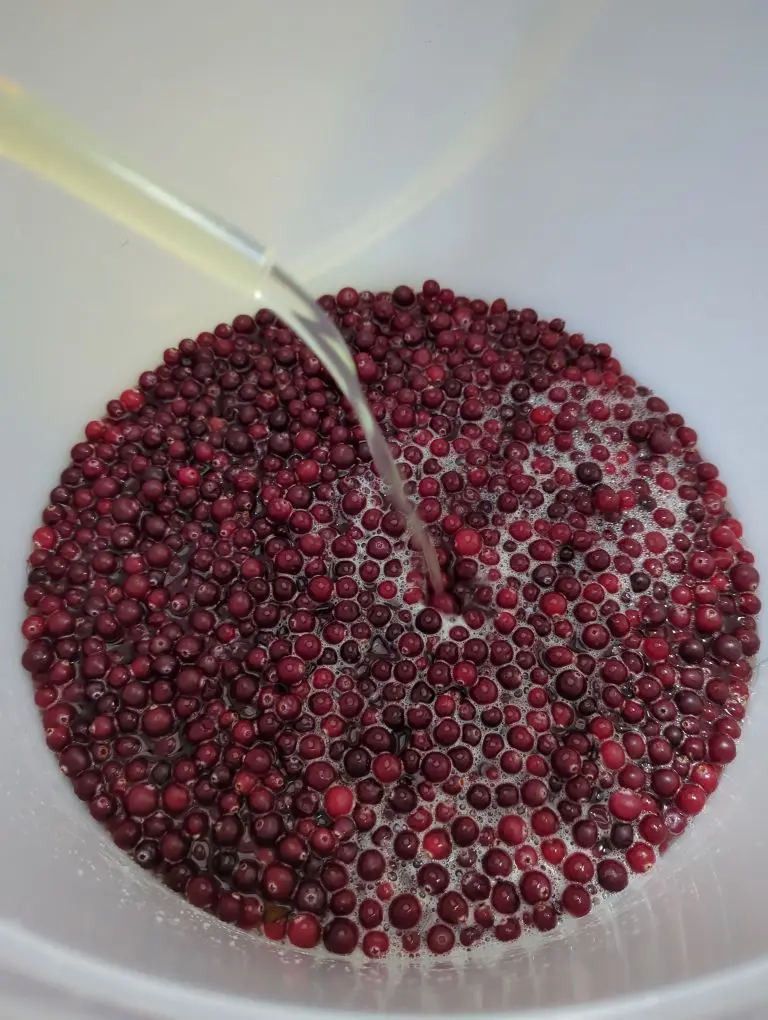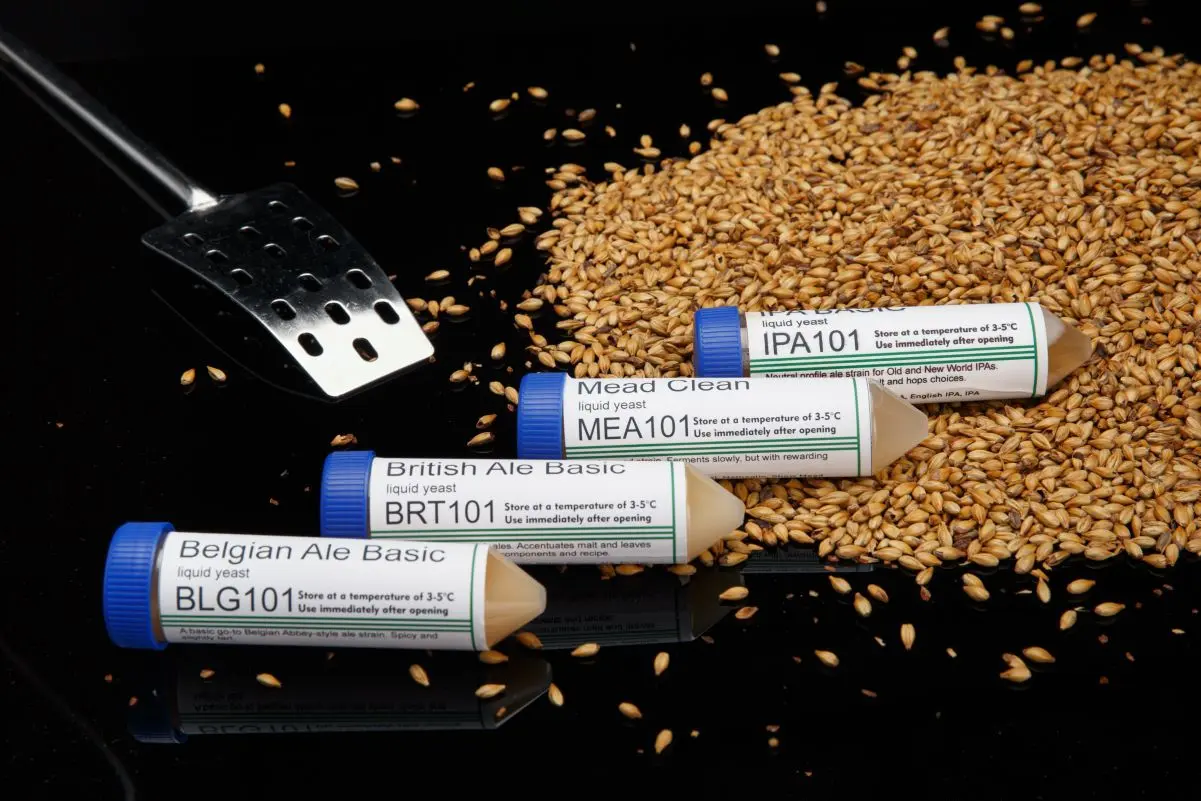Well, it's bad news, all those super-processed products almost always are treated with metabisulfite or something close enough, and only wine and a few other products require it to be listed on the label. It's pretty much treated as part of detergent for washing fruits. Completely unjustified as product is sterilized later in turning it into extract, but it is simpler to keep buying this historically accepted mild bleach and treating all fruits with it anyway. Maybe increases their storage time in shipping pipeline. Something I do not wish to think about in great detail, for my first lab in Finland was in a rented fruit storage bunker and I washed it and dismantled control equipment myself. Could have been WW2 nazi camp facility for what it was worth.
alzymologist
In my childhood, we had these kinds of root vegetables sliced and caved in on one end, and a spoonful of honey was placed on top and in the cavity. Somehow this sped up conversion to overnight, and it was a treat. I guess, similar process could be used to convert them for brewing.
Although the whole idea sounds a bit like potato for vodka. Nothing wrong with that too, but the flavor might me less than interesting in the end. Worth trying I guess. I wish I had some of those now, not unripe ones from the store.
One of the biggest suspects in this cyser story is metabisulfite treatment that might have happened to apples. I do not know the exact mechanism, but lots of people complained about headache if that was used with apples (and many recipes call for its use, IMO totally unjustified) or in apple juice in factory. Same thing about grapes. Differential is quite clear.
Steamings damage corks, especially sterilizing ones. Their number should be minimized. Now for bottling, I do not think it is important for corks to be sterile, as anything worth of corking will kill whatever might be living on cork surface. Sanitized is enough.
Now repackaging is another beast. Once packaged, corks are left for indefinite time, and if inoculated with something that might survive on bare cork (pretty much this means fungi), it might become a nice growth media. Then, steaming might kill it (and if it is not pressurized, that would not kill spores), but it will not clean it from the cork.
So, on small scale, it is not very important, some corks might get spoiled occasionally. But 6000 is no small scale lol.
What if we apply negative pressure?
This should promote matrix, not signal
Only proper wine corks are good for proper mead. I mean, yeah, there is place in our life for fermented honey solution that is consumed fast, but proper mead should age like expensive wine. It's more noble than wine, after all!
Bottling mead thus is always a challenge. I've tried all kinds of methods, or course beer caps - and especially swingtops - just start leaking at best in few years. Compouns corks too, and, being low grade stuff, they are often stinky themselves. The only exception are belge bottles and fat compound corks for braggots, if corked belge way, they occasionally leak some liquid at first, but then seal themselves for good.
Even higher grade corks tend to degrade over the years. Highest grade does not degrade. I've just negotiated a sample of fancy corks from Portugal, about 1eur/cork, highest grade. They look really good and will probably work, but min order is 6000 and they have to be repackaged sterile. Good thung I have sterile line, but 6000? It's 10x more than all bottles I have now! I could place them in my webstore in small bags? Would someone be buying them?
I was looking into alternatives, but nothing so far looks promising. I'm thinking about turning other wood types on a lathe, but that will probably result in a disaster.
So ok, these are just quasiparticles. Yes, we could have quasiparticles that behave like actual particles. Yes, it's just an abstraction. Yes, we can go batshit crazy in abstraction space and come up with anything.
This reminds me how some folks in ScientificAmerican modeled black hole with a vortex in water and found supersonic wave, which brought them to conclusions about possibility of passing through event horizon in actual black hole. bah.
In other words, when do I get some money to build a quantum quasiparticle computer and finally hack elliptic cryptography?
Though, as Rice alumni, can't deny still always awesome publicity of that university.
Vangers 2.0
Usually not worth it; you'll need to gently distill (in proper glass, this is important) the beer like it is done for ABV measurement and measure density of leftovers. Or do quantitative chromatography. You've got to know hands-on chemistry real well for this. Let me know if you need the procedure.
Only once I've got yeast staggered by lemon juice addition, and that happened in secondary fermentation. If there is enough sugar (and, if I recall correctlt, there was added sugar in these ferments), they'll keep going. Acidity that slows them down for real is much higher, like what acetobacteria do. Yeast still thrives in bread starters and combucha, and those are sour!


Sure it is not, grain is not fruit after all. I think grain will turn into angry shoggoth if threated with metabisulfite. At least it would be a mess.